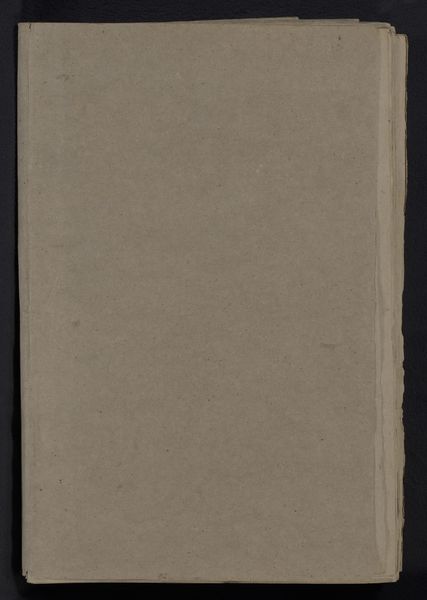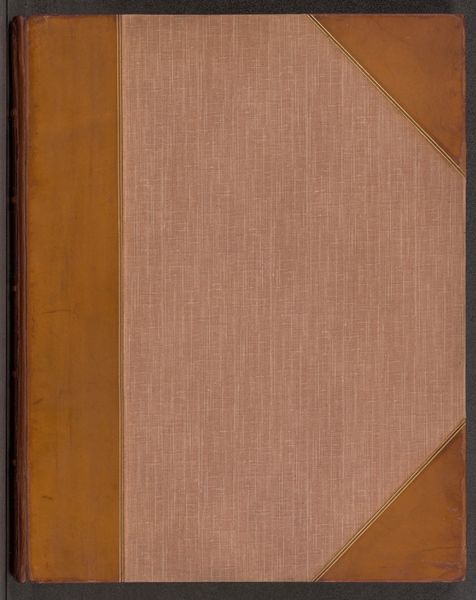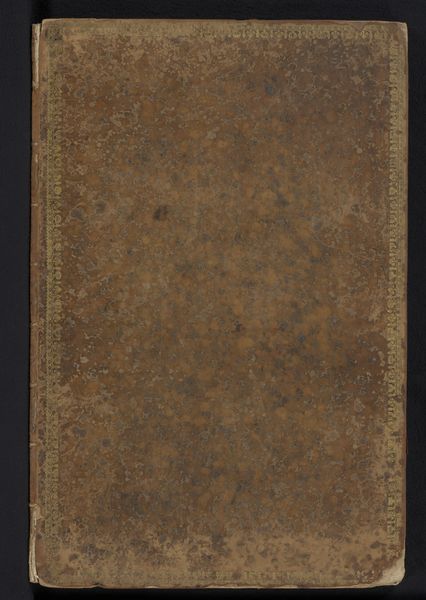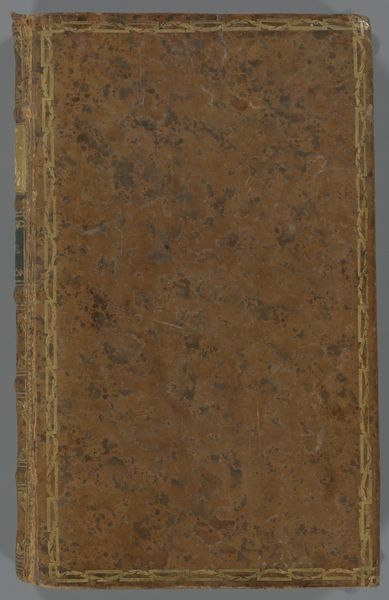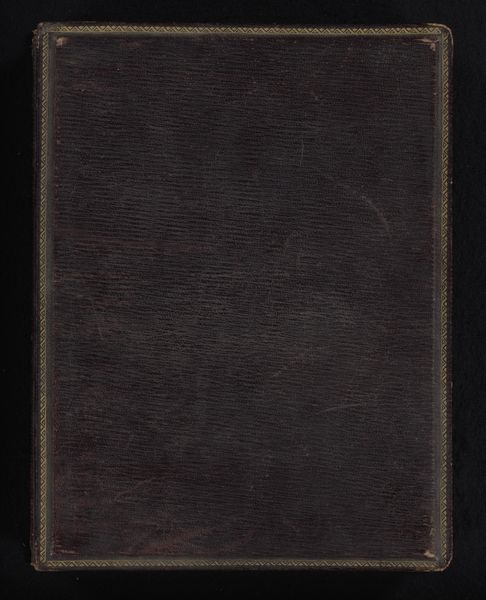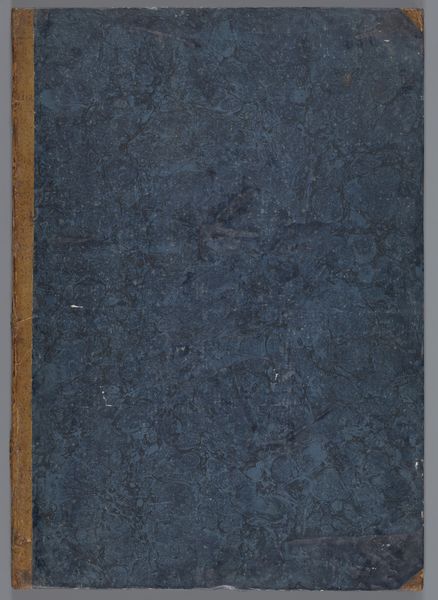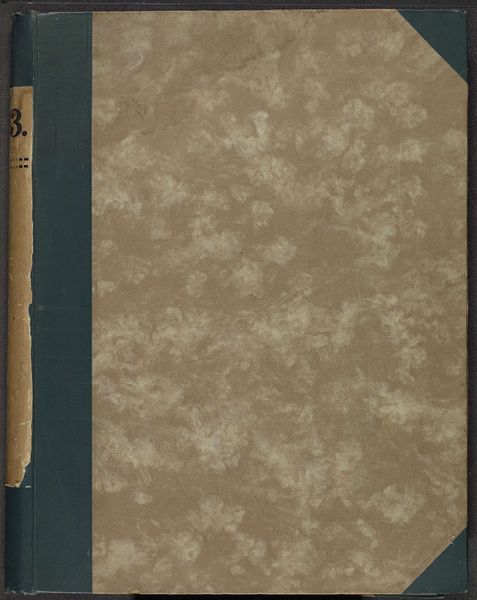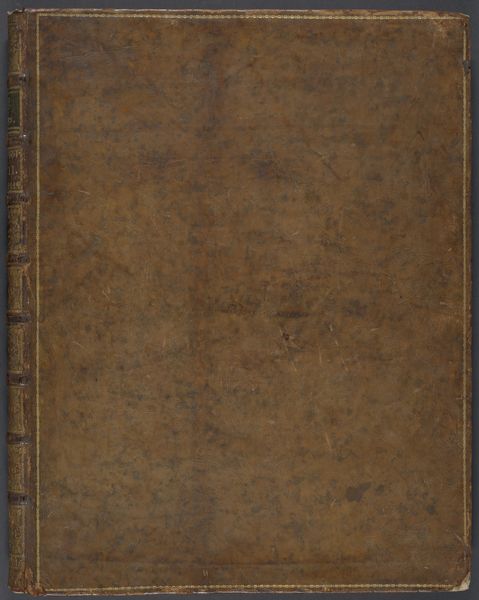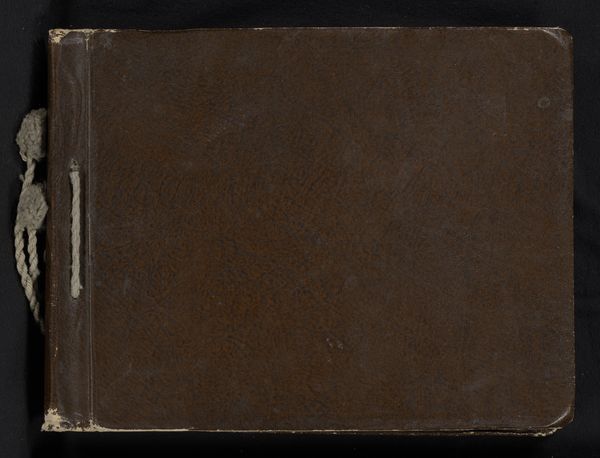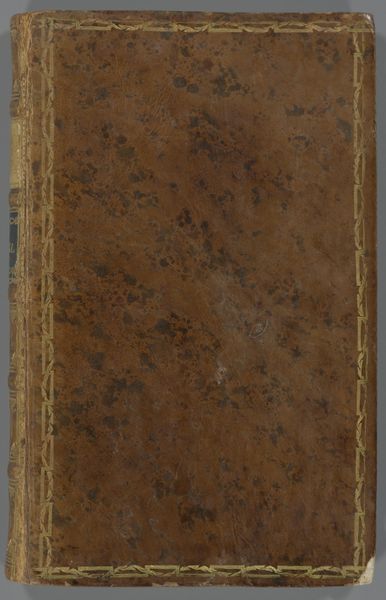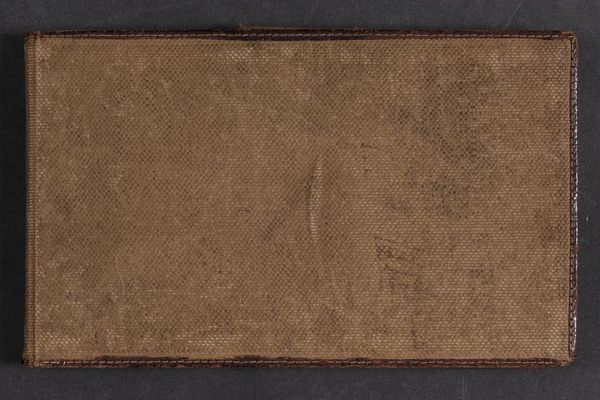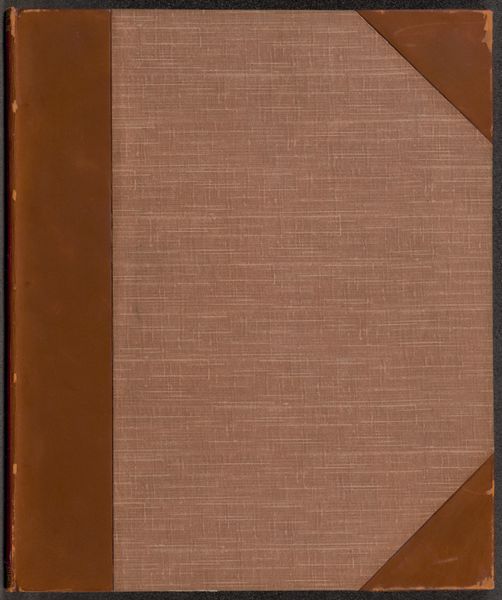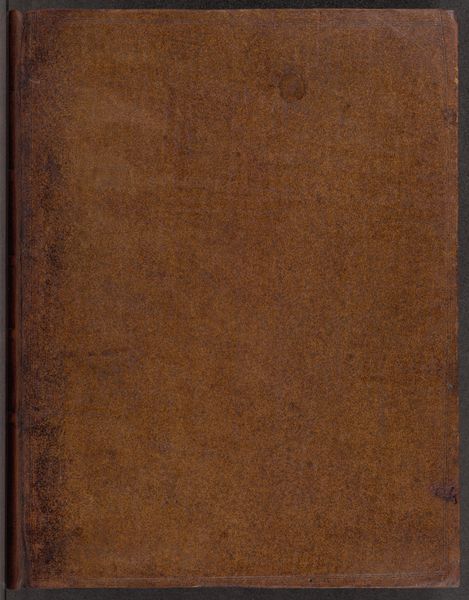
drawing, mixed-media, paper
#
drawing
#
aged paper
#
mixed-media
#
homemade paper
#
paper non-digital material
#
dutch-golden-age
#
paperlike
#
sketch book
#
paper texture
#
paper
#
personal sketchbook
#
fading type
#
folded paper
#
academic-art
#
sketchbook art
Dimensions: height 368 mm, width 278 mm, thickness 9 mm, width 555 mm
Copyright: Rijks Museum: Open Domain
Editor: Here we have "Album met verschillende academische tekenvoorbeelden" from 1629-1997, housed in the Rijksmuseum. It is attributed to Pieter de Jode I and is done with drawings and mixed media on paper. It’s… surprisingly compelling for just being a sketchbook. The aged paper gives it a very tactile quality, and makes me wonder about who might have handled it over time. What do you see in it? Curator: What immediately strikes me is the temporal span, 1629 to 1997. It compels us to consider art education and artistic development over centuries, not just within an individual’s career but across generations of artists. This isn't merely a sketchbook; it's a historical artifact reflecting the changing pedagogical approaches to academic art. Editor: So, a conversation across time? Curator: Precisely. Consider the social function of academic drawing during the Dutch Golden Age versus its role in the late 20th century. What does it tell us about power structures in the art world and how access to art education has shifted? It implicitly raises questions about who gets to learn, whose artistic styles are valued, and how art institutions shape aesthetic canons. Editor: It's almost like the sketchbook becomes a battlefield of evolving ideas. Curator: Exactly! Furthermore, the medium itself - paper – can be analysed. Its texture and potential for preservation becomes another entry point for a discourse on artistic and cultural preservation, and even ownership. The concept of amateur versus professional takes on new meaning. What does it say about us as viewers, analyzing fragments of history and someone's learning process? Editor: That really shifts my perspective. I initially just saw an old sketchbook, but now I see a microcosm of art history's social dynamics. Curator: I think interrogating the hidden power structures shaping our perceptions is a valuable way of critically engaging with artworks from any time period. Editor: Definitely food for thought. Thanks!
Comments
No comments
Be the first to comment and join the conversation on the ultimate creative platform.
